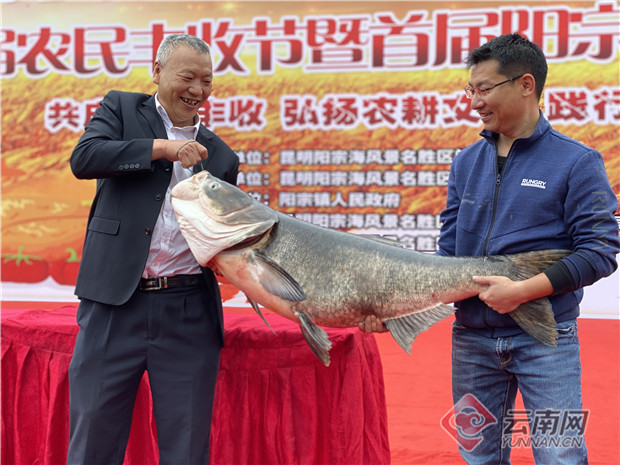World leading technology improves Yangzong Lake water quality
Yangzong Lake, the third deepest plateau lake in Yunnan province that was once prohibited from drinking, swimming, and fishing due to arsenic pollution, has seen its water quality improve immensely through the efforts of Yunnan University (YNU) professor Chen Jing.
The Yangzong Lake pollution treatment project led by Chen, an academician of the Chinese Academy of Engineering, has recently passed inspection.
The water quality of Yangzong Lake had once degraded from level II to V, losing its drinking and irrigation functions. The Science & Technology Department of Yunnan Province launched a global tender on its treatment in October 2008, with an estimated expenditure of 4 to 7 billion yuan ($576 million to $1 billion), as well as conducted an online consultation conference with the United States Environmental Protection Agency that December.
There were no solutions to the problem until Chen's team developed the treatment technology using molysite adsorptive precipitation in July 2009. The technology, which dissolves the molysite with the lake water and uses an atomizing spray to make the sediment sink down to the lake bottom, simplified the procedures of traditional methods.
The average arsenic concentration dropped 0.128 to 0.049 milligram per liter during the first phase of treatment from October 2009 to December 2011, which further decreased 0.0297 milligram per liter during the second phase of treatment from June 2017 to December 2019. Fishing in the Yangzong River resumed last year after an 11-year hiatus, with a caught king fish sold at a price of 4,500 yuan.

A king fish, which boasts a length of more than one meter, is sold at a price of 4,500 yuan. [Photo/yunnan.cn]
The total expenditure of the project was 49 million yuan, 1/100th of the previous estimated value. Not only did Chen's team take the lead in the world to address the treatment of arsenic pollution in water with agricultural irrigation and drinking functions, but also innovated the molysite adsorptive precipitation method in dephosphorization, which can be used in eutrophication control of large lakes.




